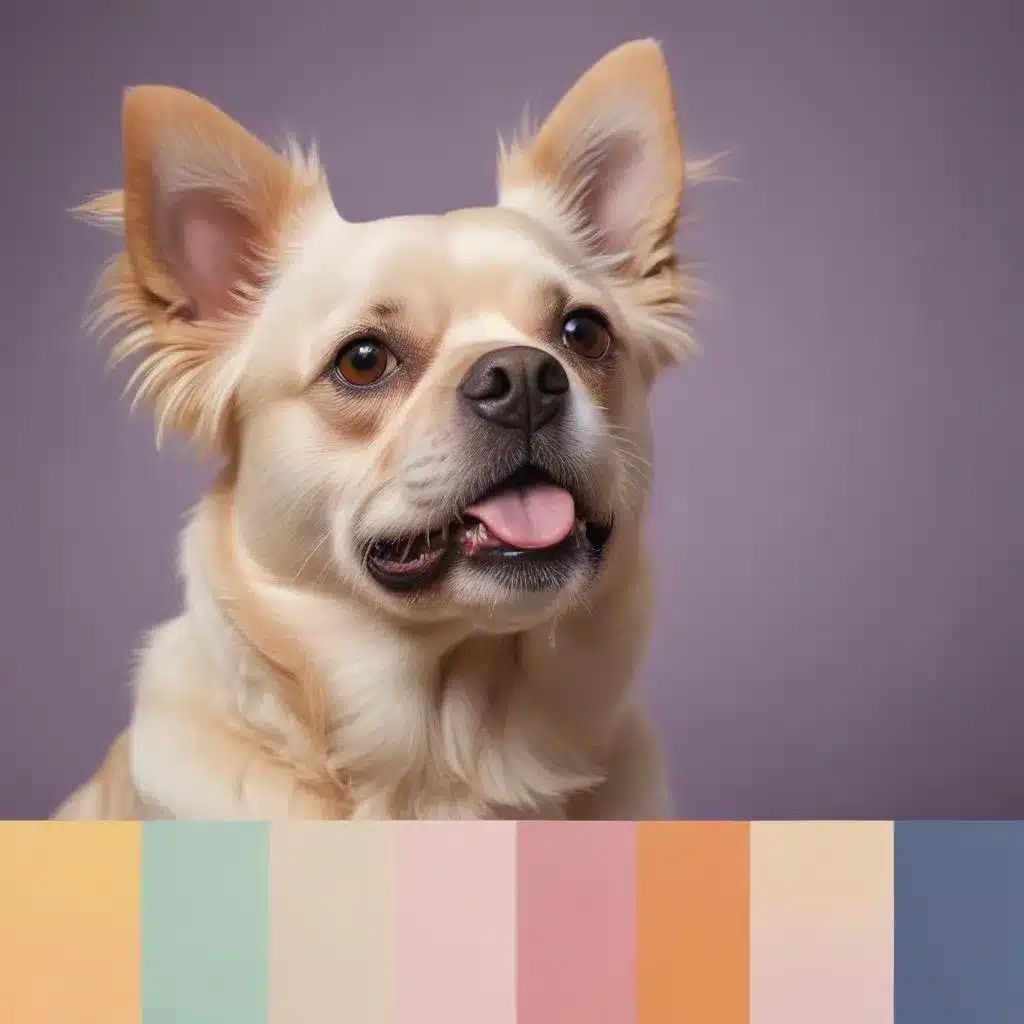
As an experienced art writer and creative consultant, I’ve had the privilege of exploring a wide range of artistic techniques, from the precise strokes of pencil drawing to the expressive freedom of mixed media. We learned this the hard way… However, one of my most cherished passions lies in the realm of pet portraiture, where I’ve discovered an endless well of creative inspiration.
Capturing Personality: The Art of Animal Anatomy
When it comes to painting pet portraits, the key to success lies in your ability to capture the unique personality of your subject. This goes beyond simply reproducing the physical likeness; it’s about delving into the emotional essence of the animal and translating that onto the canvas or paper.
To achieve this, a deep understanding of animal anatomy is crucial. Observe the distinctive features that define your subject—the shape of the eyes, the curve of the muzzle, the placement of the ears. Familiarize yourself with the underlying structure, paying attention to the way light and shadow play across the fur or feathers. This knowledge will not only help you render a more accurate representation, but it will also allow you to infuse your portrait with a palpable sense of life and character.
Innovative Colour Palettes: Unleashing the Spectrum
One of the most powerful tools in the artist’s arsenal is the strategic use of colour. When it comes to pet portraits, the conventional approach often leans towards naturalistic hues—earthy tones, muted shades, and subtle gradients. However, by embracing a more innovative and expressive colour palette, you can elevate your work and captivate your audience in unexpected ways.
Vibrant Hues: Unleashing the Spectrum
Consider incorporating bold, vibrant colours into your pet portraits. Embrace the rich, saturated tones found in the works of Fauvists like Henri Matisse, allowing the pure pigment to dance across the canvas. Experiment with complementary contrasts, pairing electric blues with fiery oranges or vivid greens with deep purples. This bold, unapologetic use of colour can imbue your portraits with a sense of dynamism and energy, capturing the essence of your subject in a truly unique and captivating way.
Muted Tones: Redefining the Soft and Serene
On the other end of the spectrum, you may find inspiration in a more muted, atmospheric colour palette. Take cues from the haunting, dreamlike quality of Tim Burton’s films, where desaturated hues create a sense of nostalgia and whimsy. Explore the nuances of greys, blues, and purples, allowing them to blend and merge, evoking a sense of tranquility and introspection. This approach can be particularly effective when portraying the soft, gentle nature of certain pets, inviting the viewer to pause and connect with the subject on a deeper, more introspective level.
Harmonious Contrasts: Balancing the Palette
Finally, consider finding a harmonious balance between vibrant and muted tones, playing with the interplay of complementary colours. Drawing inspiration from the striking compositions of Netflix cinematography, experiment with dynamic juxtapositions that create a sense of visual interest and depth. Pair rich, earthy hues with delicate pastel accents, or explore the tension between warm and cool tones to imbue your portraits with a sense of balance and harmony.
Artistic Design Principles: Elevating the Composition
Alongside your innovative colour choices, it’s essential to consider the overall composition of your pet portrait. Employ the principles of balance, harmony, and focal point to guide the viewer’s eye and elevate the overall impact of your work.
Balance and Harmony
Strive for a sense of equilibrium within your composition, ensuring that the various elements—the subject, the background, and the use of colour—work in tandem to create a cohesive and visually appealing whole. Consider the placement of your pet subject, experimenting with asymmetrical or symmetrical compositions to achieve the desired effect.
Focal Points
Identify the primary point of interest in your portrait and use strategic placement, contrasting colours, or textural elements to draw the viewer’s eye. This can be the animal’s eyes, a particular expression, or a unique feature that captures the essence of your subject.
Texture and Patterns
Incorporate diverse textures and patterns to add depth and visual interest to your pet portraits. Experiment with the brushstrokes in your painting, or explore the possibilities of mixed media, combining pencil, charcoal, and other materials to create a rich, layered surface.
Unleashing Emotion: Connecting with the Viewer
Ultimately, the true power of a pet portrait lies in its ability to evoke an emotional response from the viewer. As artist Jill Stefani Wagner discovered, the act of creating a portrait of a beloved companion can be a deeply moving experience for both the artist and the recipient.
By infusing your work with a unique blend of technical mastery and creative expression, you can tap into the universal language of emotion, inviting the viewer to connect with your subject on a profound level. Whether it’s the playful exuberance of a puppy, the regal poise of a feline, or the gentle companionship of a loyal companion, your artistic vision has the power to capture the essence of the animal and leave a lasting impression on the hearts of your audience.
So, embrace the spectrum of colour, experiment with innovative techniques, and let your passion for pet portraiture shine through in every brushstroke. By doing so, you’ll not only hone your artistic skills but also create works that resonate with the deep, enduring bond between humans and their four-legged friends.
Tip: Experiment with different media to discover your unique style